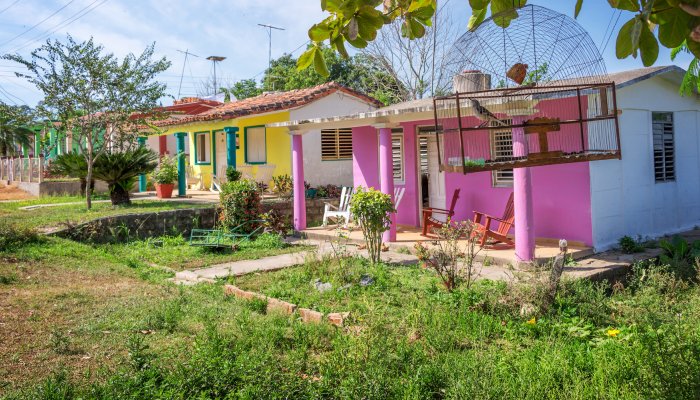Food Expectations in Latin America - The Flavors of Cuba
One of the best parts of traveling is sampling new cuisines and learning how dishes have evolved throughout the country’s history. Cuba is no different, with this island nation boasting a fascinating food scene that has been influenced by its slave and colonial past, as well as more recent embargos on the importation of goods.
While Cuban food is delicious, it’s not overly spiced and for some travelers, there’s a lack of variety compared to what they are used to back home. Dishes reflect the ingredients that are available on the island and in season, with a focus on lovingly prepared meals, rather than processed foods straight out of the packet.
It’s important to come to Cuba with an open mind and have realistic expectations about its culinary scene. That’s why we’ve put together this article focusing on the flavors of Cuba and the experience of dining out in this unique country.
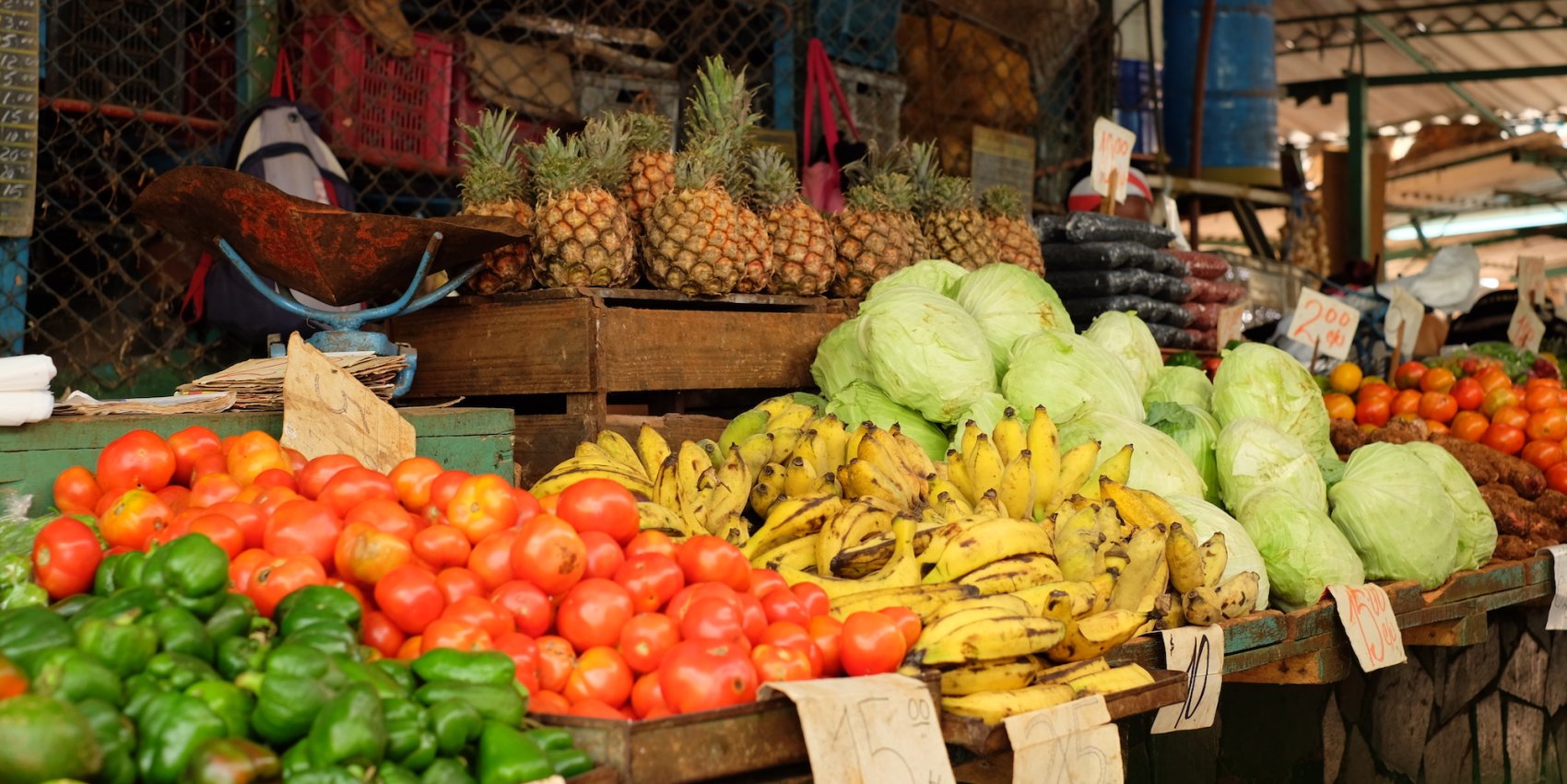
Typical Cuban flavors
While largely based on Spanish influences, Cuban cuisine also draws on flavors and ingredients brought over by slaves from Africa. This includes things such as fried plantains, yucca, and sweet potato. Caribbean influences can also be seen in the spices and flavorings while there are hints of Indigenous Taino cooking in some dishes, such as corn meal soup and tamales.
During the colonial period when Havana was an important trade port, culinary influences were introduced from all over the world, with notable Chinese and Italian touches. In almost every town and village, you’ll find pizzas and hamburgers, as well as a local version of fried rice. Traditionally, pork has been a staple protein in the country, although chicken is gradually increasing in popularity.
Cuban food is usually made using local, seasonal produce and with little factory farming in the country, a lot of the produce is hormone and fertilizer-free. The country has long been a pioneer in organic and ecological farming, so the fruits and vegetables are full of flavor! However, food shortages on the island mean that dishes are often basic, with a lack of rich spices or sauces, and wasting food is heavily frowned upon.
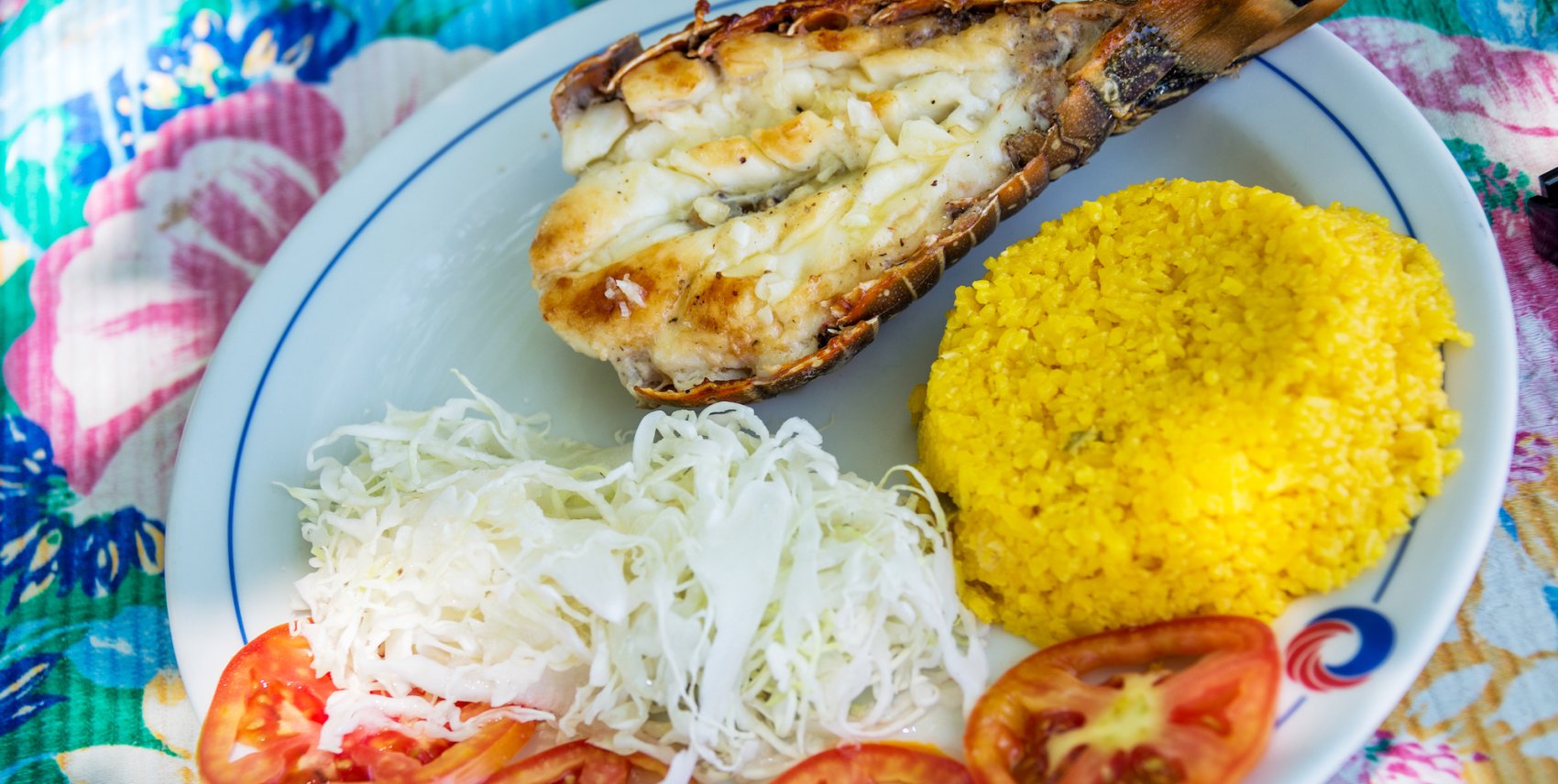
Classic Cuban meals
A typical breakfast or desayuno in Cuba includes bread, butter and jam or honey, plus a few slices of cheese and/or ham, and eggs. Seasonal tropical fruits such as papaya, pineapple, or mango are also served, alongside juice, coffee, and tea.
Lunch and dinner menus are usually the same at restaurants and paladares, although most Cubans will eat their main meal at the end of the day. Dishes usually feature some type of meat (grilled, fried, stewed) or seafood (fish, shrimp, lobster), plus a side of cassava, taro, or plantains. Few meals are served without white rice or congri, plus a salad composed of seasonal vegetables.
Typical dishes include ropa vieja (shredded beef slow-cooked with tomato, onions, and bell peppers) and pollo fricasses (chicken simmered in a tomato-based sauce). It’s worth keeping in mind that serving sizes tend to be huge, so those without a big appetite might want to consider splitting a main.
When Cubans get together to feast, the table is laden with comida criolla or “creole food”. Always on the table are congri (rice and beans) and platanos. Referred to locally as Moros y Christianos (“Moors and Christians”), congri is a staple of Cuban cuisine. The beans and rice are boiled together and are sometimes flavored with garlic, pepper, and herbs. Platanos are also ubiquitous, with these unripened bananas flattened and double-fried to create a moreish and crunchy side.
When it comes to desserts and sweet treats, Cuba doesn’t shy away and this is understandable considering the role of sugar in the country’s history. In addition to custardy flans and sweet rice pudding, you’ll find homemade ice cream and pastries filled with guava jam. Most Cubans add a spoonful of sugar to their cafecito, so make sure you request “sin azucar” if you prefer to have your coffee without.
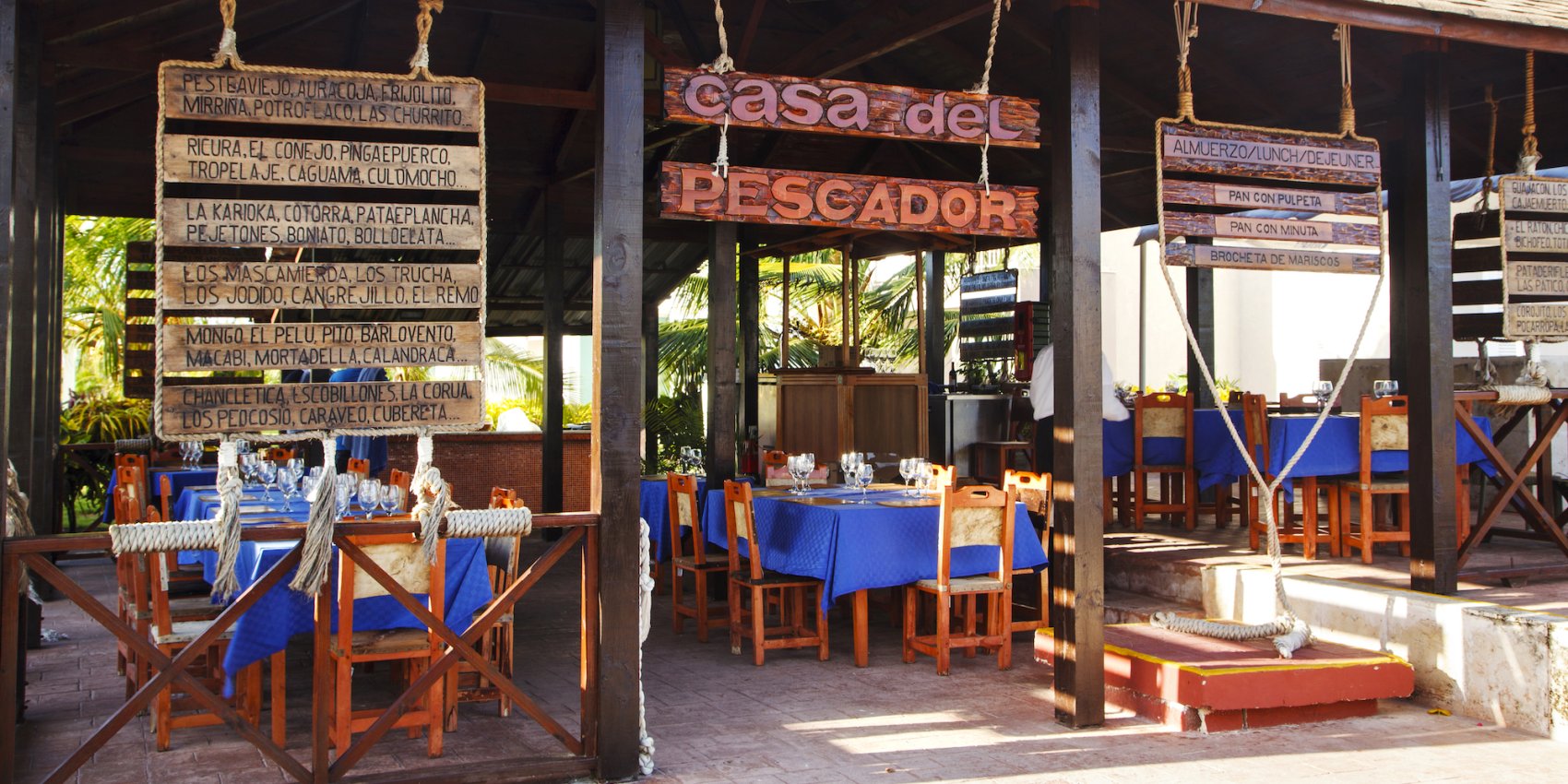
Eating out at restaurants
Dining out in Cuba is a unique experience, largely due to the abundance of paladares. These private restaurants give tourists a wonderful opportunity to try authentic Cuban cuisine while supporting local entrepreneurs. Many are located within historic buildings and are simply furnished while others recreate the experience of dining in 1950s Cuba.
Generally speaking, paladares serve traditional Cuban mains as discussed above. These usually feature your choice of meat or seafood, accompanied by a simple salad and a serving of rice and beans, plus tostones or yucca. Fruit or a sweet treat usually follows for dessert.
With the lifting of restrictions in recent years and the increased availability of ingredients, some paladares are branching out to offer non-Cuban cuisine, with everything from Mexican to Japanese dishes now available. Diverse dining options are far more readily available in Havana than beyond the capital.
If you’re looking for upmarket dishes, such as lobster, you might have to head to a state-run restaurant. These were the only options for dining out before paladares became legal in the 1990s and they tend to be a little more expensive. At the other end of the spectrum are cafeterias, which are the preferred choice of locals. These cheap and cheerful eateries serve up carb-heavy and filling food, such as sandwiches, pizzas, and burgers.
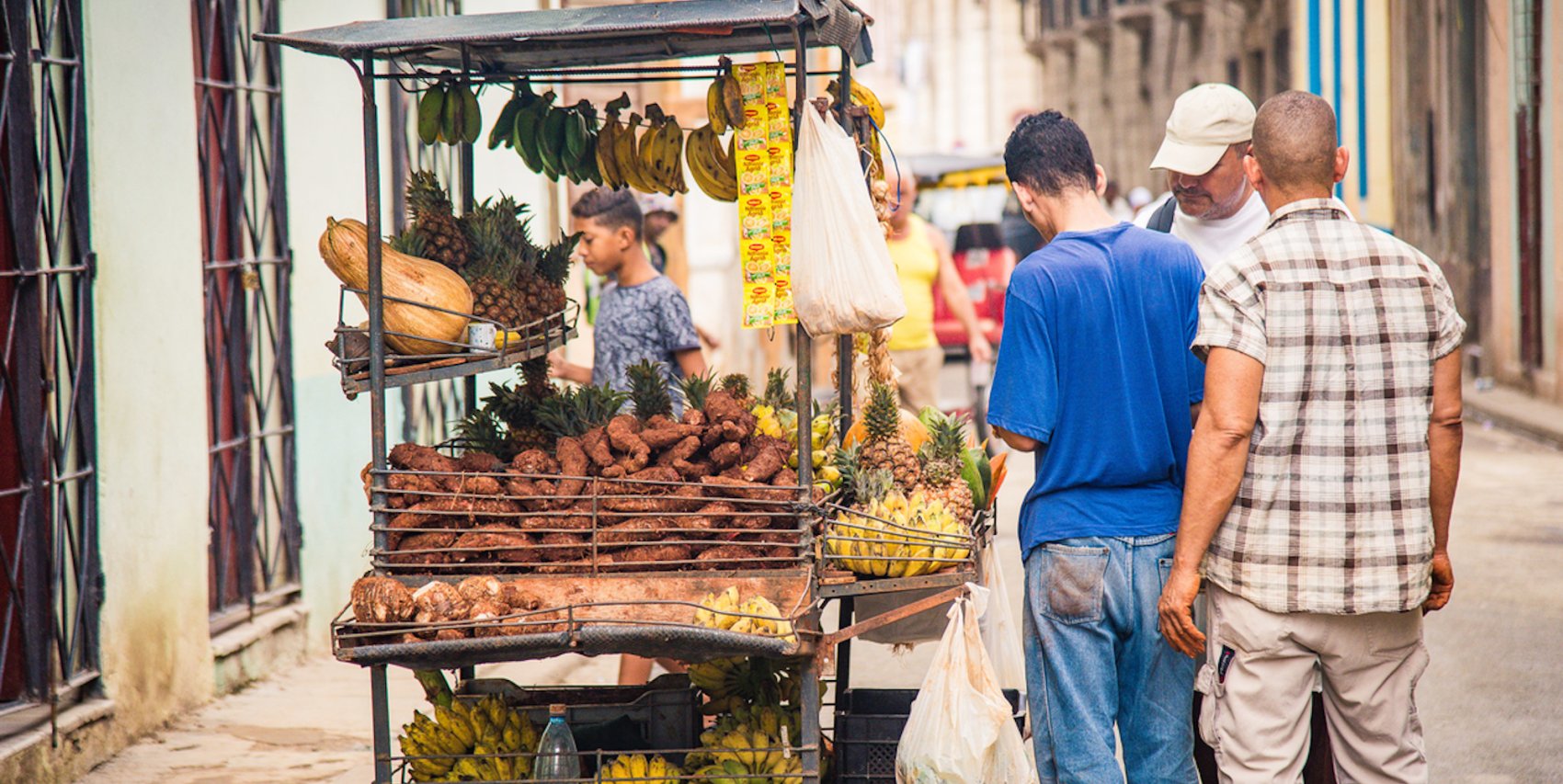
Street food in Cuba
Like most of Latin America, Cuba has a vibrant street food scene, with most being based out of front gardens and home windows or sold from street trolleys. If you’re just after a snack, street food is usually an affordable tummy filler, with the items freshly made and tasty. Buying street food is also a great way of supporting local entrepreneurs.
Keep an eye out for corn fritters and papa rellenas (stuffed potato balls), as well as pan con pasta (bread filled with garlicky mayonnaise) and croquetas (ham-filled croquettes). Pan corn tortillas are also served streetside, with these sandwiches often filled with eggs, ham, and cheese. Tamales are a healthy option and usually consist of cornmeal, peppers, and onions, which are wrapped in corn leaves and steamed before being served with a red pepper sauce.
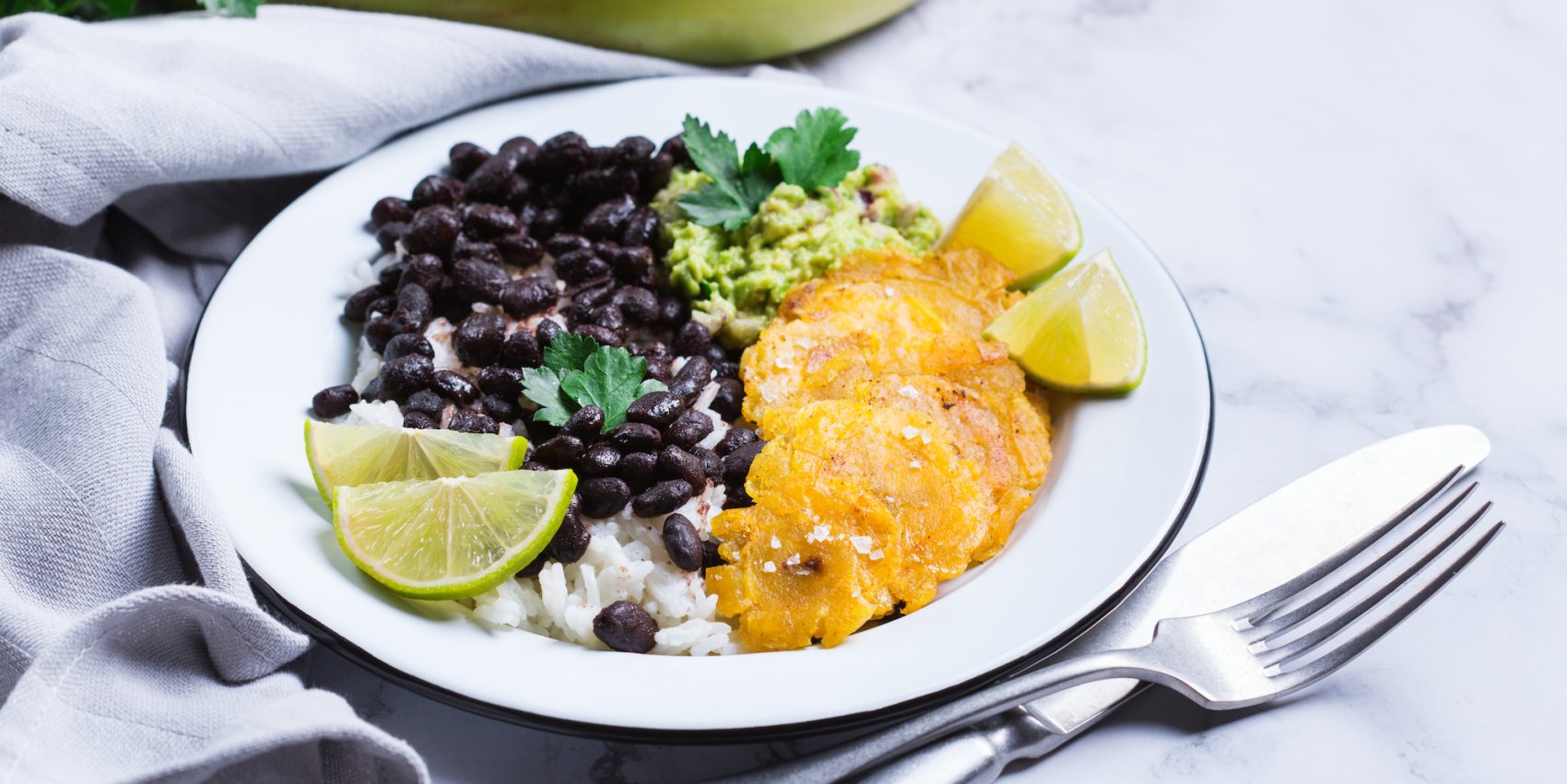
Vegetarian expectations
While Cubans are becoming more accustomed to vegetarians and vegans, it is still relatively uncommon in the country. Culturally speaking, the more meat, the better! Today, most tourist-oriented restaurants and paladares will have a couple of plant-based options that will center around rice and beans, fried plantain, and salads. Vegetarian paellas, pizzas, and tarts are increasingly found, as are falafel-based dishes.
Vegetarians and vegans may find there’s a lack of variety in the meals available to them and we recommend bringing some of your own preferred snacks to supplement your diet if you think this might be an issue. It’s also worth noting that some Cubans don’t class jamonada (Cuban-style Spam) as meat and this is sometimes mixed into vegetarian dishes. So it’s worth stating that you want something “sin carne” and “sin jamon”, just to be on the safe side.



